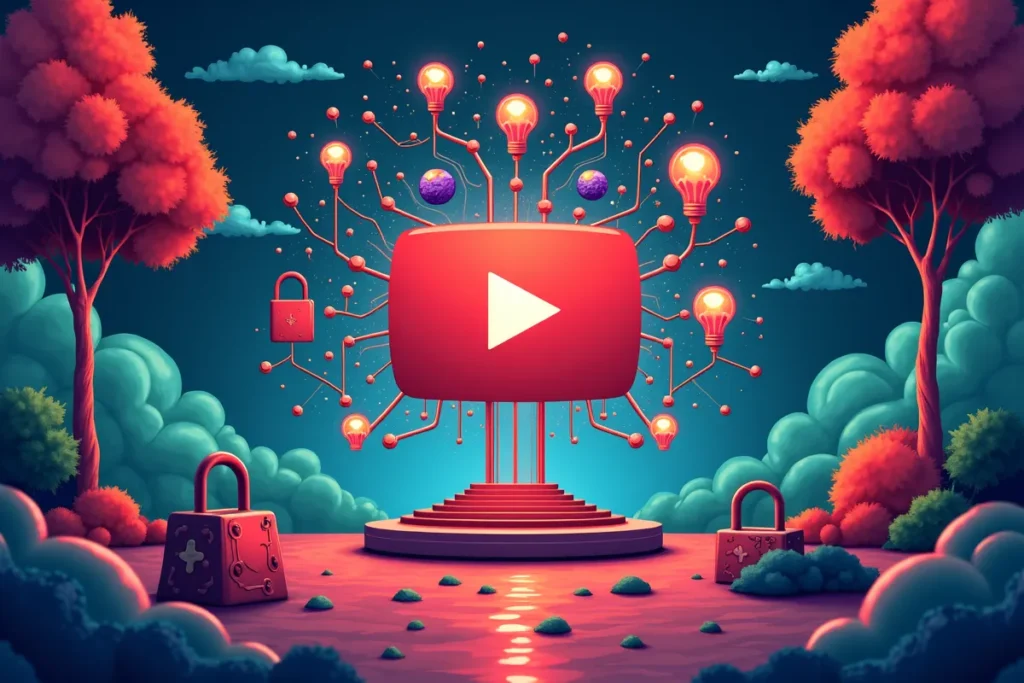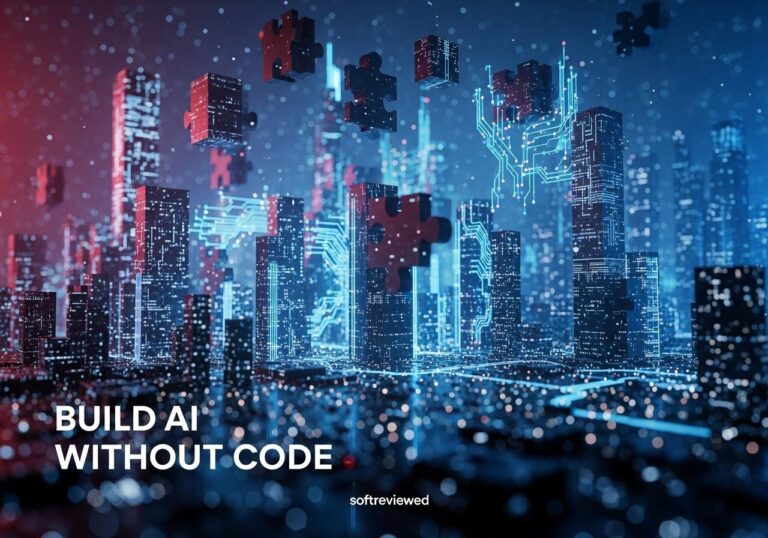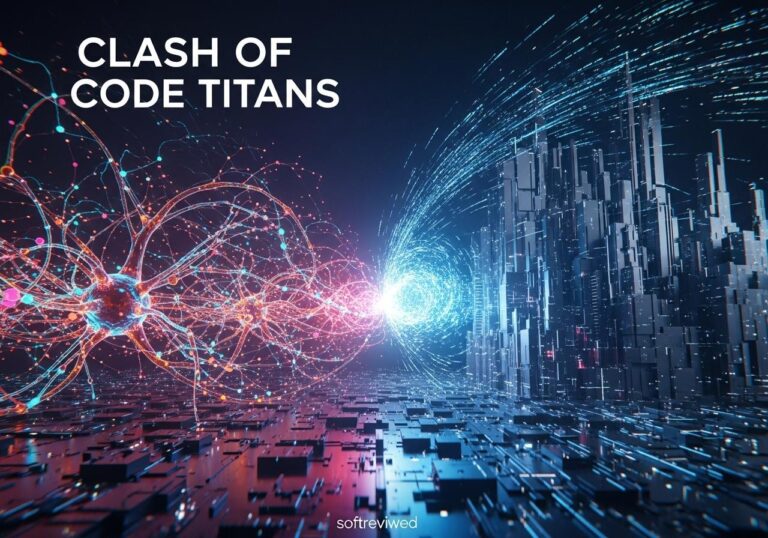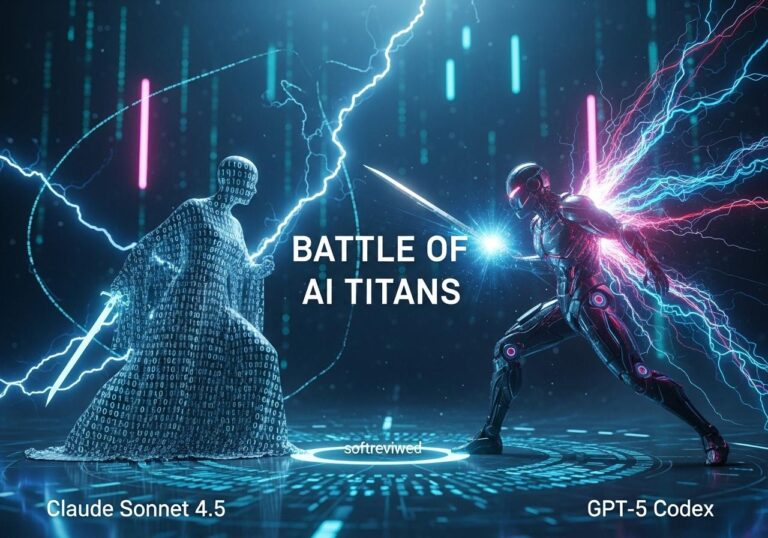How Will Meta’s AI User Rollout Affect YouTube Creators and Their Control Over AI Training?
As Meta’s AI user rollout reshapes the digital landscape, YouTube creators may face new challenges in maintaining control over AI training. This shift could influence content creation, prompting discussions about quality versus algorithmic influence. Simultaneously, exploring the impact of ai in friendships highlights the complex relationships forming between creators and their audiences.
YouTube’s AI Training Controls
New features giving creators control over how their content is used for AI training
New Dashboard Controls
Creators can now control AI training permissions through a new “third-party training” option in YouTube Studio dashboard
Default Protection
Content is automatically opted-out of AI training unless creators specifically choose to opt-in
Approved Partners
18 approved companies including Apple, Meta, and NVIDIA can be authorized by creators for AI training
Unauthorized Access Prevention
YouTube maintains strict Terms of Service protecting against unauthorized scraping and content extraction
Creator Control
Administrators can adjust AI training settings at any time through their YouTube Studio Content Manager
YouTube, the global video-sharing giant, has recently launched a significant update giving creators more control over how their content is used for training third-party artificial intelligence (AI) models. This new feature allows creators to opt-in (rather than opt-out) to permit their videos to be used by external AI developers, with the default setting being opt-out. This is a major shift in the way content is used for AI training. This article will explore this change, explain how it works, and consider the implications for both creators and the broader AI landscape. This is a notable shift in the ongoing discussion surrounding AI training, intellectual property, and creator autonomy.

Empowering Creators: Opt-In for Third-Party AI Training
For years, platforms like YouTube have been a goldmine of data for training various kinds of AI algorithms, though often without explicit permission from content creators. Now, YouTube is changing this by giving content creators control over whether their content can be used by third-party companies for AI training. ✅ This change is a response to growing concerns from creators about unauthorized use of their work. With this update, YouTube is acknowledging that creators should have the power to choose if and how their work contributes to AI research. This represents a move towards respecting intellectual property rights and giving creators more ownership of their content.
What Does Opting-In Mean?
When a creator chooses to opt-in, they are giving permission for their videos to be used by third-party AI companies to train and refine their models. This means that these external entities can analyze the video content to enhance the functionality of their AI. If a creator does not opt in (which is the default setting), then their content cannot be used for this purpose. 🤔 This new functionality does not impact YouTube’s own use of content for AI training; rather it allows creators to choose whether they will permit external use of their content in this way. 📌The opt-in system allows for creators to proactively select which third-party companies can use their content for AI training, adding an extra layer of control.
How Creators Opt-In: A Quick Overview
The opt-in process is located within the YouTube Studio settings:
Go to YouTube Studio for your channel.
Navigate to the “Settings” section.
Find the “Permissions” or “Agreements” area (the exact location may vary slightly).
Locate the “Third-Party AI Training” option.
You can either enable it for all listed third-party AI companies or hand-pick specific companies from the list.
Save the changes; your selection will be activated.
👉➡️ The ability to choose which companies have access is a crucial aspect, as creators may have concerns about some companies more than others. It is essential for creators to be fully informed about the implications of enabling this feature.
The Context: Intellectual Property Concerns
This opt-in system directly addresses a frequent complaint of content creators: the unauthorized use of their work to develop AI tools. ⛔️ Several creators have pointed out that large datasets used to train models included their videos, captions, and transcripts without their knowledge or consent. While YouTube’s Terms of Service technically prohibits unauthorized scraping of content, it has proven to be a difficult issue to enforce. This new opt-in system provides a proactive solution, moving from a situation where content is assumed to be available for use, to one where explicit permission is necessary. It is a significant shift in power from the AI developer to the original content creator.
Impact on AI Development
The implications of this new feature are substantial for the future of AI. By requiring creators to opt-in, YouTube is essentially creating a system of “permissioned” data collection. Some argue that this could potentially slow the growth of AI due to reduced availability of data, while others see this as a move towards more ethical and sustainable AI practices. ✅ The move could lead to a more fragmented AI landscape where companies have varying levels of access to data. It also means that the type of AI models developed will likely be impacted. It will likely make it far more difficult to use YouTube videos for AI training, at least if the data are intended to be used commercially.
Expert Opinions: A Variety of Viewpoints
This new system is sparking debate across the AI and content creator communities.
“This is a significant win for creators,” comments Maria Chen, a content creator advocate, “For too long, our work has been used without permission, without compensation, and often without any transparency about how it’s being used. This gives us a voice and a choice. It’s a step towards fairness and respect for creative work.”
However, Dr. David Lee, an AI specialist at a tech research firm, notes, “While the protection of creator rights is paramount, we have to consider how this opt-in system will affect AI innovation. If only a small percentage of creators opt-in, we risk creating AI models that are less comprehensive and, as a result, less useful. It will be important for AI companies and content creators to work together to understand their mutual benefits.” 💡
Looking Ahead: Collaboration and Control
This new development on YouTube likely signals the start of a new era in AI and content creation. The future may very well be defined by collaboration and consent between AI developers and content creators. 🚀 We can anticipate that other platforms will consider similar approaches, possibly even further refining these models to include monetary compensation or other incentives for creators who opt-in to AI training. It may also mean that governments and other regulatory bodies will be more closely involved with the process. This could even lead to greater user transparency with regards to how their content is used by all platforms.
Wrapping Up: A Turning Point
The launch of the opt-in functionality for third-party AI training on YouTube represents a fundamental change in how content is perceived and used. It is a step that recognizes the importance of creator consent, intellectual property rights, and ethical AI practices. The future of AI training will be shaped by these discussions and, ultimately, by the choices that creators make. The potential consequences of this will ripple across industries as AI tools become more and more prevalent.
YouTube AI Training Opt-in: Company Participation Analysis
Distribution of major tech companies participating in YouTube’s AI training program, showing their relative market presence and AI development focus.







